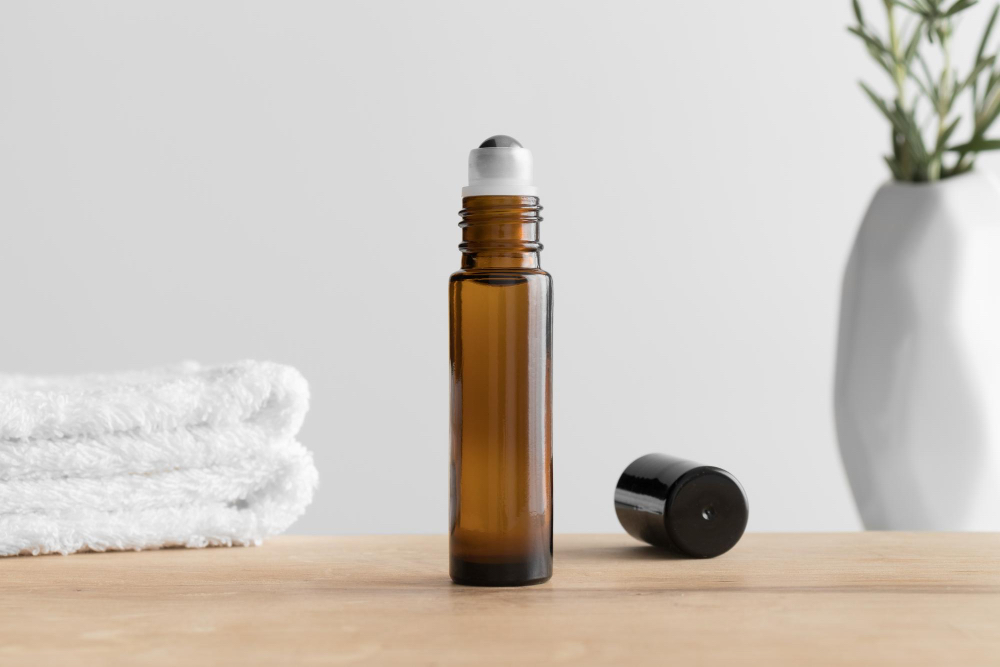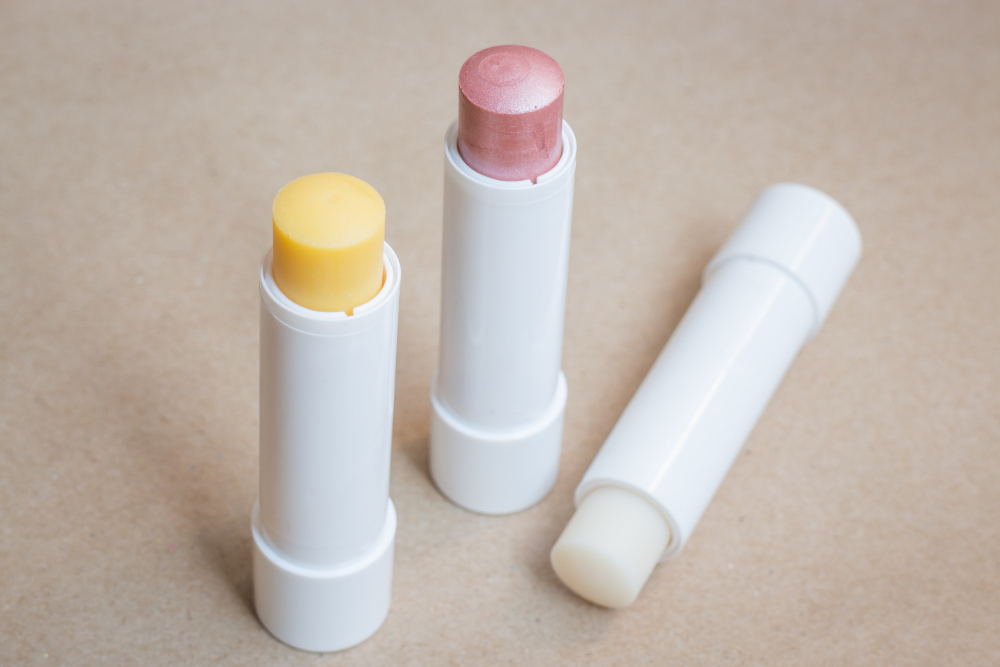In the fast-paced world of personal care and cosmetics, product application matters just as much as the formulation inside. Whether it’s a soothing deodorant, a cooling eye serum, or a medicated gel, how a product is delivered can enhance user satisfaction and even effectiveness. That’s where roll-on applicators come in — sleek, simple, and scientifically designed for precision and convenience.
But what makes roll-on packaging so effective and popular? Let’s dive into the mechanics, materials, and smart design choices behind roll-on applicators that make them a staple in both beauty and healthcare industries.
What Is a Roll-On Applicator?
A roll-on applicator is a packaging solution typically consisting of three main parts:
A container (bottle or tube)
A rolling ball (usually plastic, stainless steel, or ceramic)
A cap or closure system
When the product is tilted and applied to the skin, the rolling ball moves and evenly dispenses liquid or gel. This delivery system is ideal for products that require controlled dosage, targeted application, and minimal contact — making it more hygienic and user-friendly.
The Science of Smooth Application
The engineering behind a roll-on isn’t as simple as it looks. These applicators are designed based on fluid dynamics, surface tension, and ergonomic principles. The rolling ball sits snugly in its housing, allowing just enough product to pass through with each rotation — no drips, no waste.
Friction & Flow Control: The housing of the roller is engineered to manage friction. Too much friction can jam the ball; too little can cause leaks. Designers calibrate this using materials like PP (polypropylene) or HDPE, which offer flexibility and resistance to wear.
Gravity & Angle: Roll-ons are designed with an internal angle that works with gravity to let the product flow only when tilted and pressure is applied. This prevents accidental spills when the container is upright.
Skin Contact Pressure: The size and surface of the roller are optimized to deliver just the right amount of product with gentle pressure, making them suitable even for delicate areas like under the eyes or on irritated skin.
Materials Matter: From Plastic to Steel
Choosing the right material for the rolling ball depends on the product’s viscosity, chemical makeup, and purpose.
Plastic Rollers (most common): Ideal for lightweight lotions or deodorants. They’re cost-effective and suitable for mass production.
Stainless Steel Rollers: Often used in cooling or medicinal applications like pain relief gels or eye serums. Steel offers a cool touch and resists corrosion.
Ceramic or Glass Rollers: Premium packaging option for skincare. These materials are chemically inert, smooth, and hypoallergenic, offering a high-end tactile experience.
Why Consumers Love Roll-On Applicators
1. Precision Targeting
Roll-ons are ideal for localized treatment. Whether it’s applying acne treatment to a blemish or dabbing perfume on the wrist, users love the pinpoint accuracy.
2. Hands-Free Application
No more messy fingers or worrying about contamination. The self-contained applicator lets you apply the product directly to the skin.
3. Portability & Travel-Friendliness
Roll-on packaging is compact and secure, making it perfect for on-the-go use. Most designs are leak-proof and TSA-compliant.
4. User Experience
The gentle rolling motion can also provide a mini-massage effect, which is soothing and enhances product absorption — especially in under-eye or muscle gel applications.
Roll-On Innovation in Skincare and Pharma
From aromatherapy oils to topical pain relievers and even liquid makeup, roll-on packaging is continually evolving:
Dual-roller systems for larger surface areas
Refillable designs to support sustainability
Antibacterial materials for medicated formulas
Rollerball cooling tech to boost skincare benefits
Brands are also incorporating airless roll-on systems, combining the benefits of hygienic dispensing with oxygen-free storage — a game-changer for preservative-sensitive formulas.
Sustainability and Reusability
As the beauty industry leans into eco-conscious design, roll-on packaging is adapting too. Some brands now offer recyclable plastic or refillable glass containers paired with removable rollerballs. These changes reduce waste and cater to the growing demand for sustainable solutions in personal care packaging.
Conclusion
The humble roll-on applicator might seem simple, but it represents a smart intersection of science, engineering, and user-centered design. By offering targeted, hygienic, and easy application, roll-ons continue to be a trusted packaging choice across cosmetics, skincare, and healthcare industries.
As consumer expectations rise and technology advances, expect the roll-on to become even smarter — combining form, function, and sustainability like never before.









.svg)
